|
|
A Bruce postcard view from 1904 showing how the story of ’A race between a camel and a lion’ came about. No doubt the owners revelled in the story as people would possibly travel to see this ”event” and hopefully patronise their shops! Norman Patton tells us: “Elizabeth Ann Hicks, who was the mother of Charles and William Hicks of Tees Street who were killed in action during World War I, was also my grandfather’s Mum. She was the daughter of a veterinary surgeon, Charles Cammell, who practiced at Sculcoates, a suburb of Hull. Her brother, also Charles Cammell was the owner of Cammell’s ’boutique’ shown above in Loftus Market Place. His wife, Albina, was his business partner and his sister my great-grandmother, was their assistant. My mother, Betty Patton and her sister Cath Winspear (formerly Watson) along with several other sisters also lived at 29 Tees Street and were often used as ‘models’ for the ladies’ hats which their grandmother used to make at home.”
Image courtesy of Ann Wedgewood & Keith Bowers, thanks to Norman Patton for the updates.
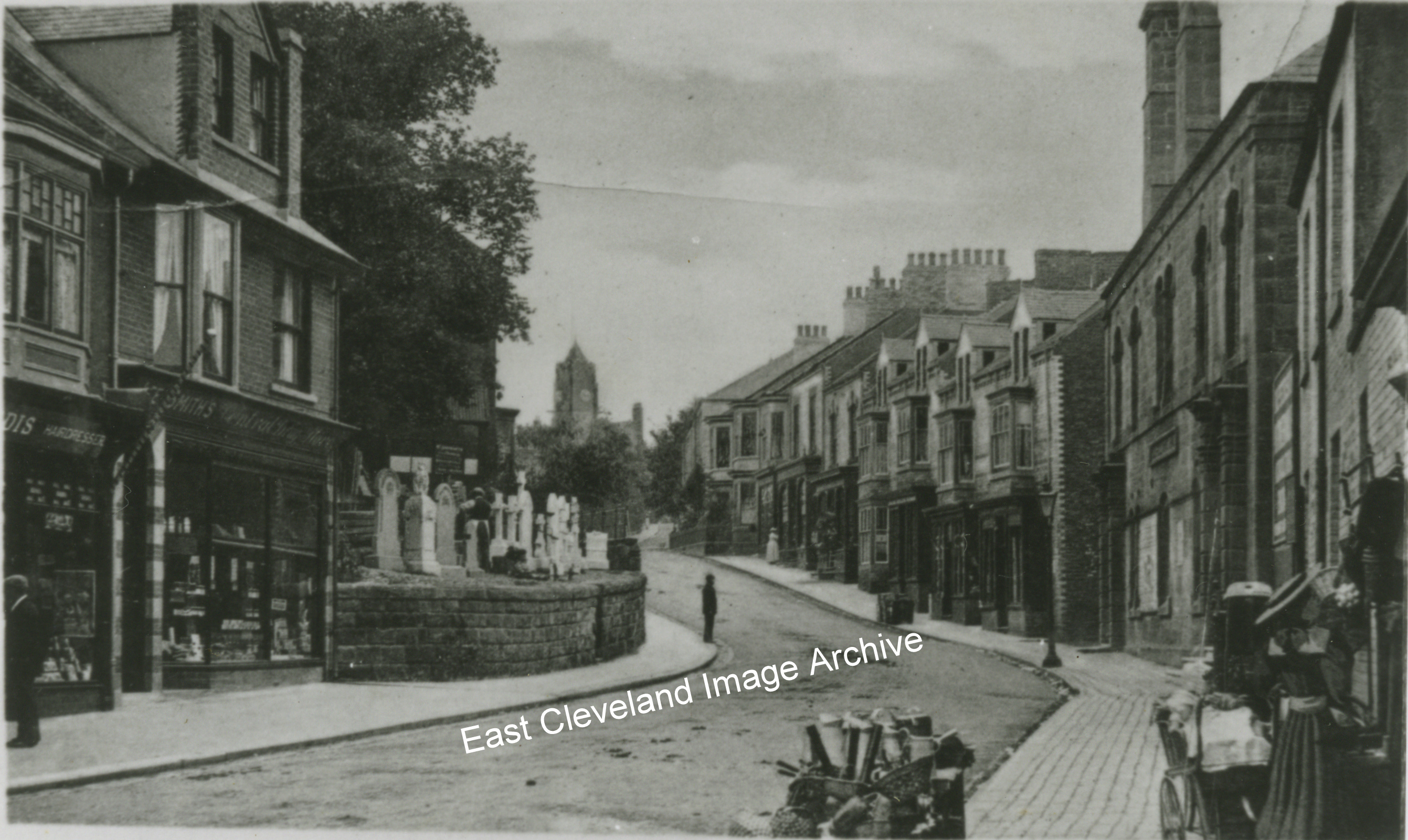
This view of Zetland Road shows the original brick pavements and unmetalled road. How the pram on the right of the image must have been vibrated as it was pushed along on the pavement. Notice also the absence of the now familiar red post box on the support wall for the monumental masons displays.
Image courtesy of Joyce Dobson & Keith Bowers.
This glass plate image shows four gentlemen take their ease on the footbridge over Whitecliffe Beck on Glover’s Path at the foot of the steps up to Liverton Mines. Now was this before or after the steps have been navigated?
Image courtesy of Geoff Patten.
A delightful postcard with views of Loftus and District produced by George Skilbeck. All the locations can be visited today, but how they have changed.
Image courtesy of Joyce Dobson and Keith Bowers.
A wonderful hand tinted postcard view of the chapel – bombed on 15th March 1941 and now replaced by two bungalows – the remains of the graveyard which surrounded the chapel can still be seen today. Norman Patton tells us: ”Robert Newton, to who’s memory this chapel is dedicated, was born and lived at Home Farm in Roxby which is where my wife, Margaret, lived with her mum and her sister when I met them in the early 1960s. Hazel McLaren, Margaret’s mum, had married Joss Welford , a tenant farmer, some 7 years after losing her husband, Hugh, in the final week of World War II. On a separate matter, I would like to know if there is a record of Baptisms, Marriages and burials kept locally for the chapel?” Nivard Ovington advised: “The records for Newton Memorial Methodist Chapel, Lofthouse are available from FamilySearch; Marriages 1902-1940; Monumental Inscriptions 1830-1910.”
Image courtesy of Joyce Dobson and Keith Bowers, with many thanks to Norman Patton and Nivard Ovington for the updates.
Kilton Mill and Mill Bank long before the road was altered. The image clearly shows the railway line on the eastern side of Kilton Beck which carried the ore from Whitecliffe Mine to the Loftus (Skinningrove) Mine before being transporterd via the bucket system to the Skinningrove Iron works at Carlin How. The postcard published by the R & R Company is postmarked 6th July 1906.
Image courtesy of John G. Hannah.
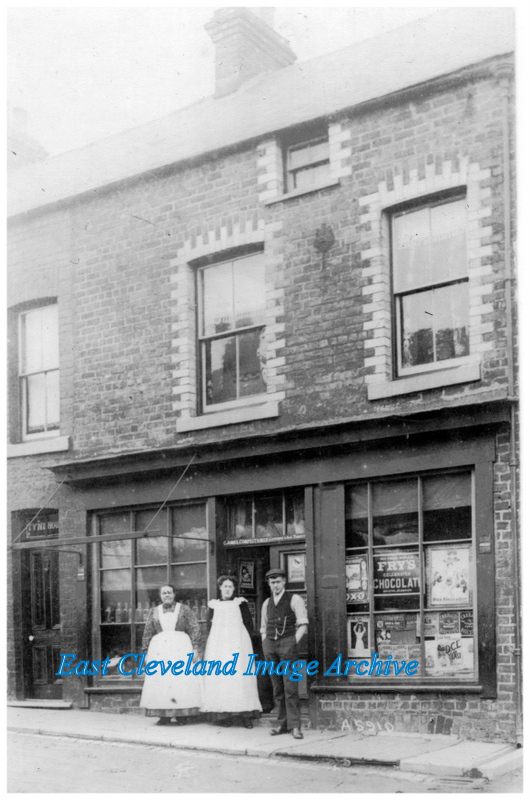
That is what it says on the back of this photograph and Tyne House was at East Loftus; with the shop of Mr C Jones next to it. No I do not remember it, as it is dated 1906 and I am not quite that old. But after visiting today I think the shop is number 1 Tyne Street. Keith Bowers brought us an identical image in black & white which he believed to be from the 1890s. We realised that the two were identical, although the image on site was slightly better in condition.
Image courtesy of Mrs Pauline Ovington, but many thanks to Keith Bowers for the alternative image.
Showing five places in Loftus, no name to say who published it, can you tell us the publisher or date this postcard please?
This J. Salmon postcard view of the High Street and Arlington Street, Loftus; is unused and so possibly dates form the early part of the 20th century. We would welcome defining detail.
Image courtesy of Jean Hall.
A postcard image of Hummersea beach with the remains of the alum house and chimney still dominating the beach. The postcard is postmarked 30th August 1906 and the beach looks to be well used by visitors, enjoying the sunny day.
Image courtesy of Jean Hall.
|
|
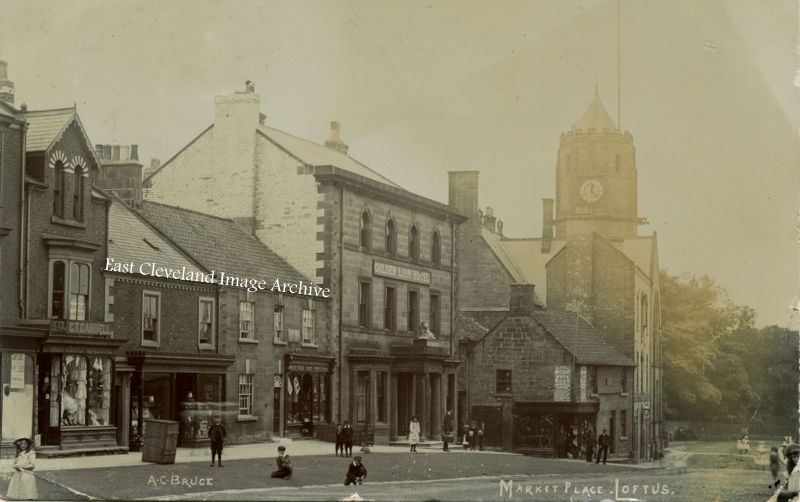

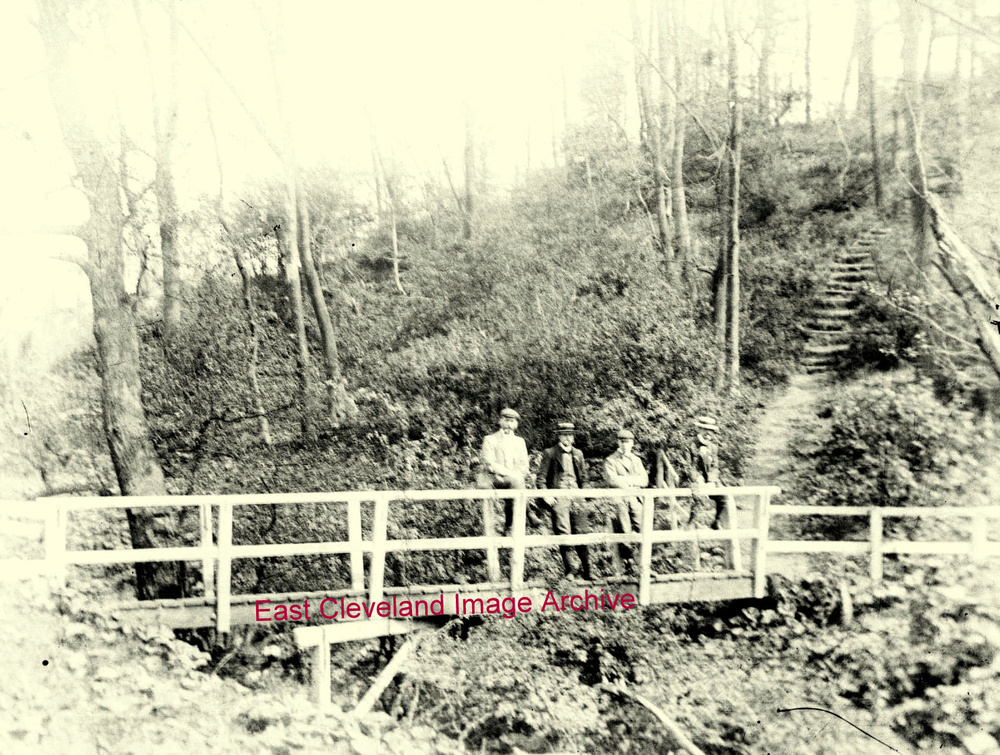
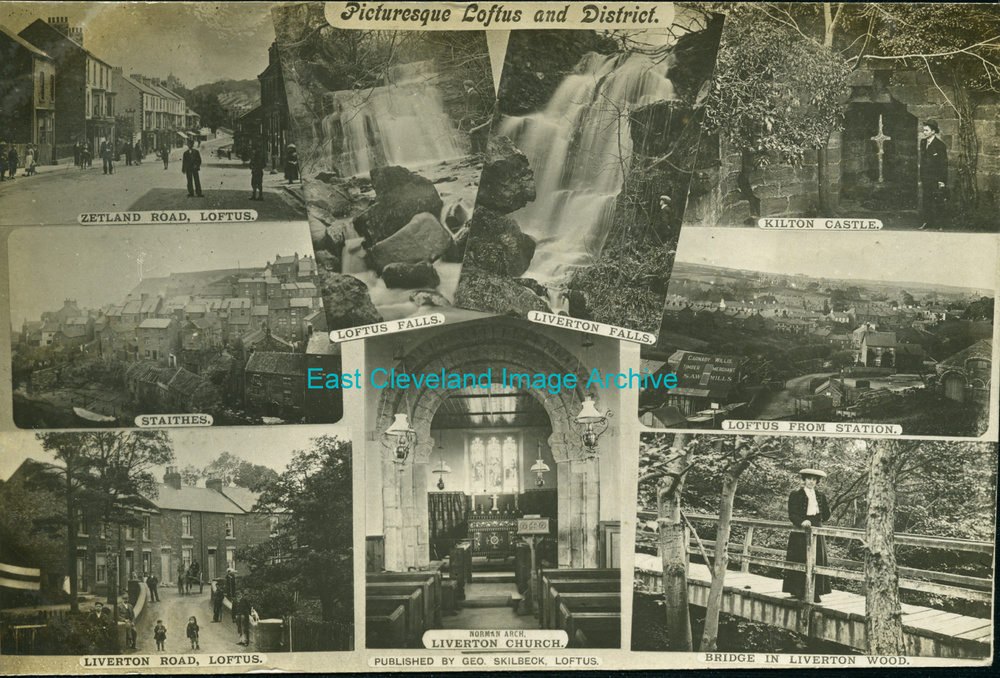
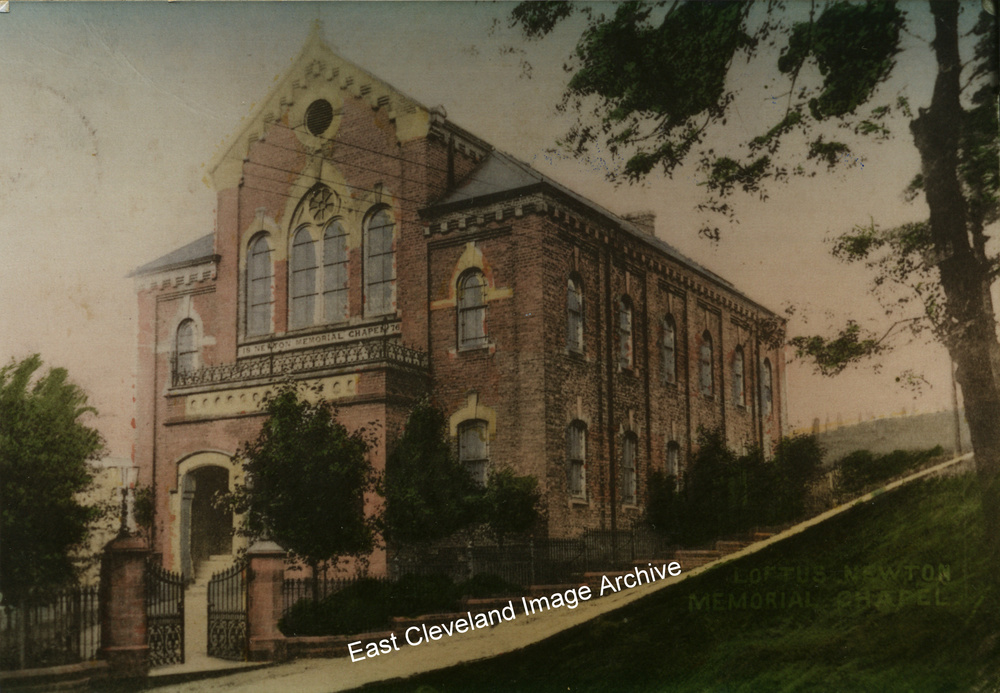


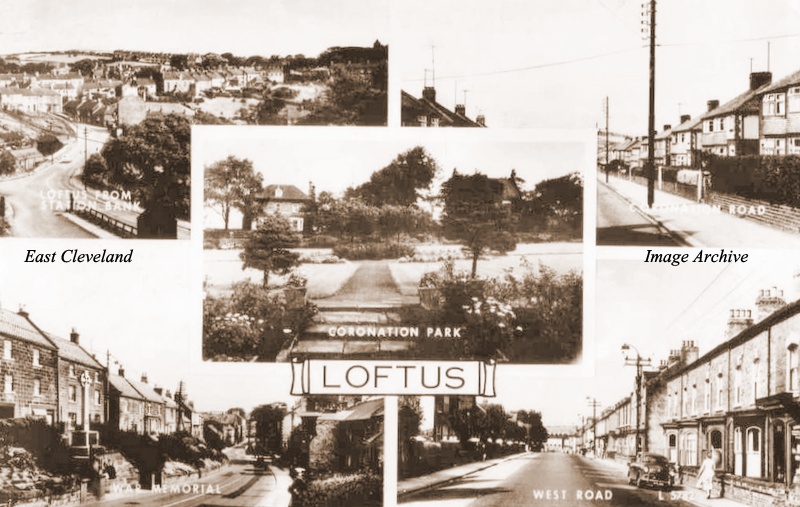
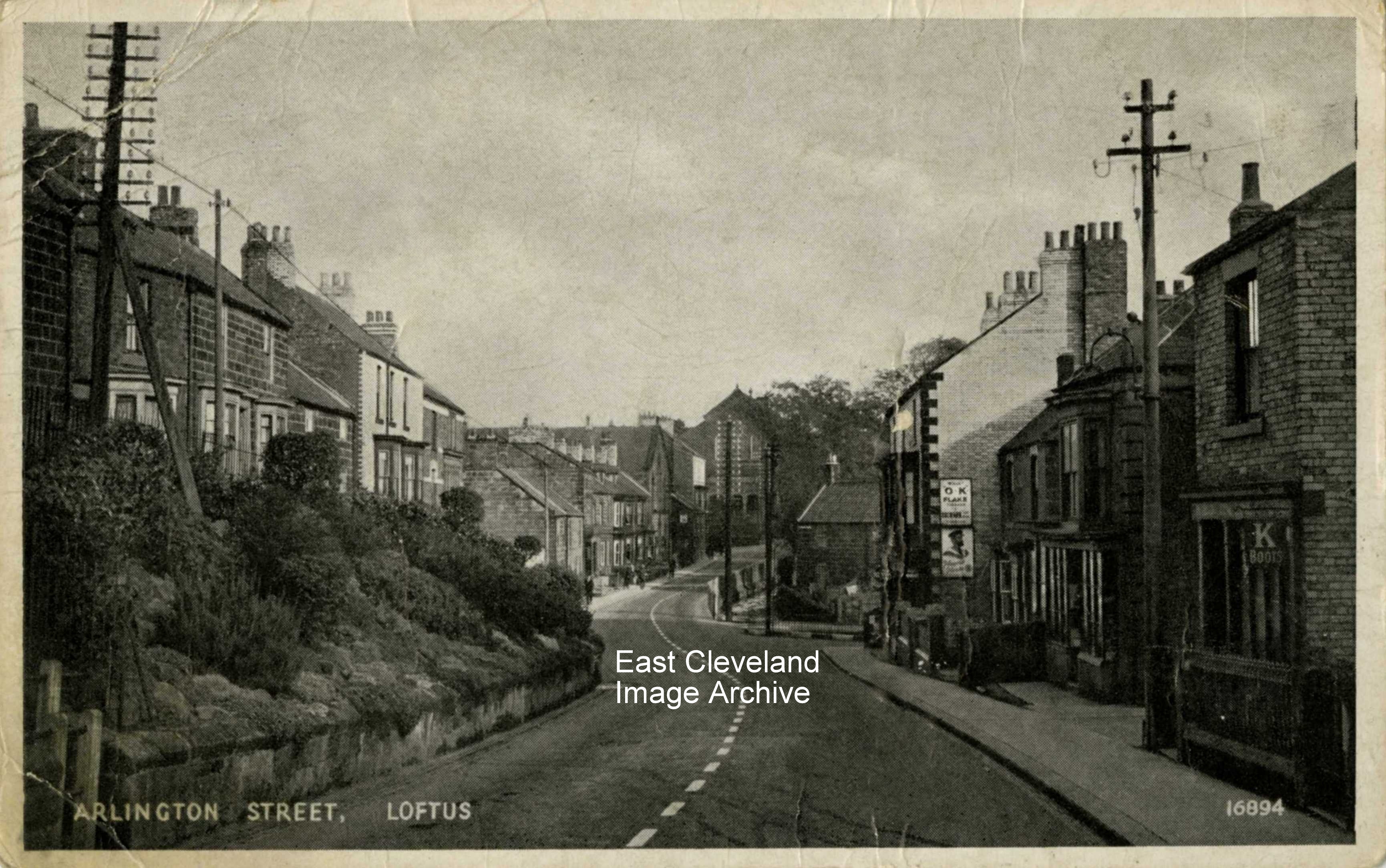
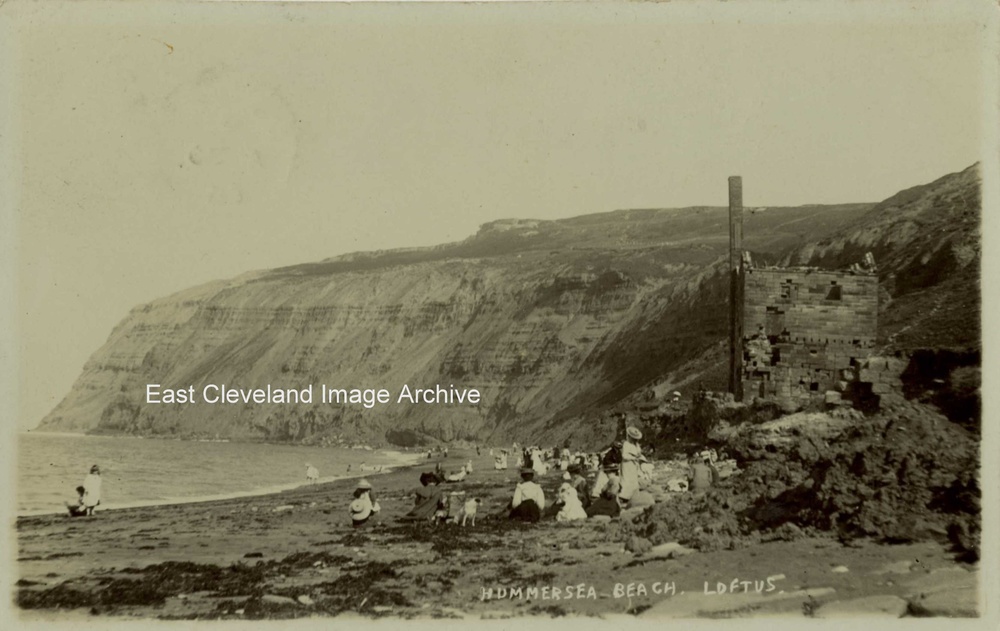
Recent Comments